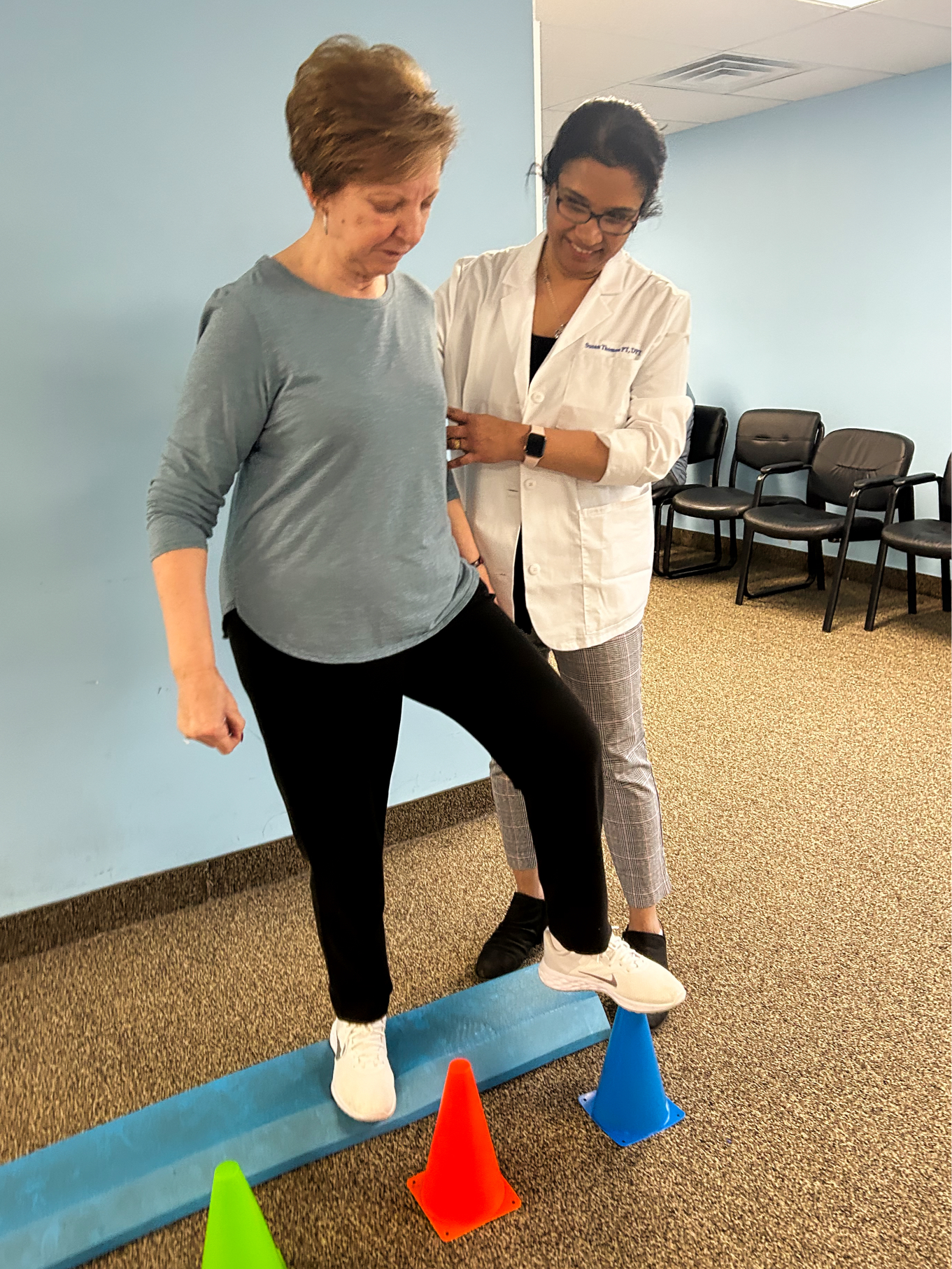Managing Posture And Balance In Parkinson’s Disease
Parkinson’s disease affects areas of the brain that causes changes in posture leading to imbalance. A healthy spine contributes to a healthy posture. Patients with PD have changes in their spinal curvatures leading to poor posture and balance. Poor posture/postural instability is a common motor symptom in Parkinson’s disease. The loss of reflexes needed to maintain an erect posture causes postural instability risking the episode of falls in elderly.
Posture in PD
Postural instability is a motor symptom of PD. It is one of the most challenging symptoms as postural instability can occur due to various reasons. Postural instability is the major reason for falls in elderly. Patients with PD have rounded shoulders, decreased low back curve and hunched back.
Common causes that lead to bad posture are
- Rigidity
- Orthostatic hypotension
- Age related sensory changes
- Poor vestibular and proprioceptive input
Poor posture can cause problems in gait, and increase the risk of falls and balance in patients suffering from PD.
Balance in PD
Patients with PD have greater difficulty in maintaining their posture due to the loss of reflexes leading to poor balance. Balance is a state where your body’s centre of gravity falls between your feet thereby maintaining an erect posture. The gravity and antigravity muscles work together to maintain the normal posture.
Basal ganglia is a part of the brain responsible for dopamine secretion and plays an important role in balance control. This is the part of the brain affected in PD and hence balance becomes impaired.
What measures can I take?
The best way to get started is to see a physical therapist who can assess your condition and give a personalized exercise program. You can start exercising early and try to maintain good posture at all times.
At Balanced Gait PT our therapist builds a care plan and creates a safe living environment according to your needs.
Poor posture means high risk of falls and it can happen anywhere and anytime. It’s important to know some home strategies that can decrease the risk of falls.
Home safety measures
One of the key aspects is to evaluate your home environment, so as to correct and make changes according to your needs and establish a secure environment. Your occupational or Physical therapist might help you address your needs for smooth transitioning from your normal to altered environmental changes. Few tips include-:
- Avoid use of carpets or rugs
- Use grab bars in restroom and shower areas
- Use chairs that are sturdy
- You can use night lights and remember to keep your home well-lit at all times
- Have a wide base of support when standing or trying to walk
How can I improve my Posture?
Good posture means improved balance and low risk of falls. Effective tips you can try at home to correct your posture-:
- Make yourself aware of the position and take effort to avoid forward leaning posture.
- Change your position frequently
- Set up a mirror and practice keeping an upright posture everyday
- Start doing simple back exercises and stretches to relieve stiffness
- Practice breathing exercises as stooped posture may decrease the lung capacity
How can I improve my Balance?
The appropriate way to improve posture and balance is to start exercising thereby creating a greater balance. At Balanced Gait PT our physical therapist creates an exercise plan that focuses on regaining the lost balance and helping improve the quality of life.
The best and effective balance training exercises include the one with challenges, high intensity and cognitively engaging exercises. Strength training and resistance exercises are also the key components in improving balance.
You can start doing simple stretches and exercises at home with safety precautions being taken.
- Try to perform simple exercises near a wall or chair so that you can grab for support
- Ensure an attender is always near you when you perform exercises at home or therapy room
- Perform exercises when you are alert and not exhausted
Time and again it has been proved that physical therapy can improve the symptoms of PD and help your brain to establish new nerve cell connections.
A note from Balanced Gait PT
The key to handling the symptoms in PD is practice. With practice you can improve your posture and balance and keep your symptoms at bay. Incorporate postural and balance exercises in your routine and see the big change and progress as you step forward.

